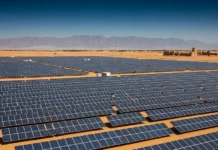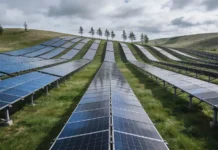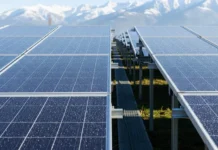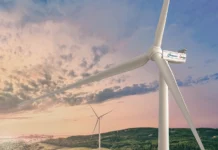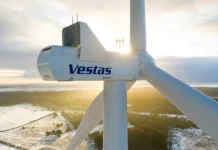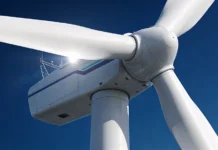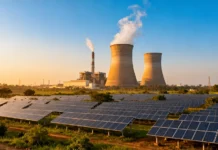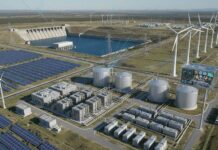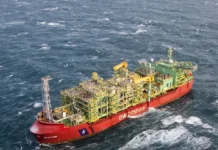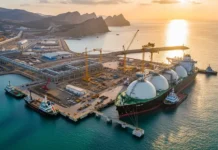The UK’s new Labour Government has grand ambitions for speeding up the deployment of wind energy, both onshore and offshore. To reach their goals, a major overhaul of planning and grid infrastructure is necessary.
The new UK Government is dedicated to doubling onshore wind and quadrupling offshore wind by 2030, as a central part of its plan to fully decarbonize electricity by that year. This involves increasing onshore wind capacity from 15 to 30 GW and offshore wind from 15 to 60 GW, where the UK is already the leader in Europe. These targets are highly ambitious.
Reforming Planning and Deployment
To achieve these goals, the new Government must significantly reform the UK’s approach to planning and deploying wind farms and the necessary grid infrastructure. They have already made a strong start by lifting the de facto ban on onshore wind in England on their first full working day in power. However, the consenting process remains a major bottleneck, and the UK Energy Act is committed to reducing these timelines. Labour has announced a consultation to consider whether larger onshore wind projects should be included in the Nationally Significant Infrastructure Project (NSIP) regime, allowing for faster national-level consenting decisions.
Enhancing the Electricity Grid
The new Government emphasizes the need for rapid expansion of the electricity grid. To achieve a net-zero grid by 2030, five times more electricity infrastructure needs to be constructed than in the past thirty years. Planning departments need additional resources to make timely permitting decisions, and community engagement and benefits should be further incentivized. Improving digitalization and data management will also help integrate increasing amounts of variable renewable energy.
Actions cannot come soon enough, as lacking grid infrastructure is clogging the consenting process. According to a new WindEurope report, more than 100 Giga Watt of wind energy projects in the UK are waiting for their grid connection assessment.
Investing through GB Energy
The new Government will also need to mobilize significant amounts of investment. Much will depend on the new state-owned company, Great British Energy. GB Energy is going to be making its own investments and also leverage private investments in energy infrastructure. It will focus on deploying existing technologies, incentivizing emerging technologies, and increasing community ownership, with £3bn to be invested in local community projects as part of its initial £8.3bn endowment. This is promising, although private investment will be crucial to meeting the new targets.
Revising Offshore Wind Auctions
Achieving the substantial expansion in offshore wind will require changes to the UK’s auction system. The auction design is good, using two-sided Contracts for Difference (CfDs), but the Government needs to increase the budget for the current AR6 auction and future rounds to unlock the volumes needed to meet its targets. In 2023, the AR5 auction for offshore wind failed to attract a single bidder, resulting in lost valuable time. Future auctions now need to procure a greater amount of new renewable energy to keep government targets on track.
The current offshore wind auction has an £800m budget, sufficient for about 4 GW of new capacity. The Government must increase this budget to approach the 60 GW target, especially when Germany is auctioning 8 GW of offshore wind this year, Denmark at least 6 GW, Belgium over 3 GW and the Netherlands 4 GW.
Strengthening UK-EU Energy Collaboration
The UK and the EU can significantly aid each other in their respective energy transitions, especially in offshore wind. Every country around the North Sea is building offshore wind, and it is in their best interest to collaborate and coordinate, particularly in the build-out of offshore grid connections. Prominent gains can be made through varied countries connecting their offshore wind farms in order to optimize grid investments and maximize power flows. It is obvious that the EU and UK should reinforce their collaboration in the North Seas Energy Cooperation (NSEC). The EU and UK also need to find a solution for the post-Brexit electricity trading framework to deliver the best value for both UK and EU consumers.
WindEurope CEO Giles Dickson noted that few Governments have come into office in Europe with such ambition for wind energy and so much clarity and common sense on how to deliver those ambitions. He acknowledged the Government’s strong start by removing the rules blocking onshore wind in England on day one and emphasized the need to raise the budget for the present offshore wind auction in order to get more new projects through. Dickson also highlighted the importance of the EU and UK quickly collaborating to develop their significant shared resource of North Sea offshore wind.



